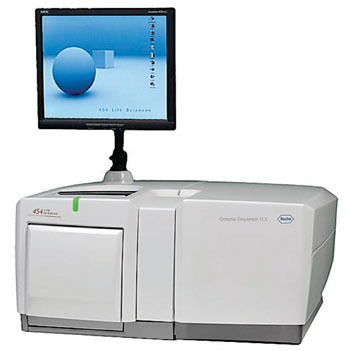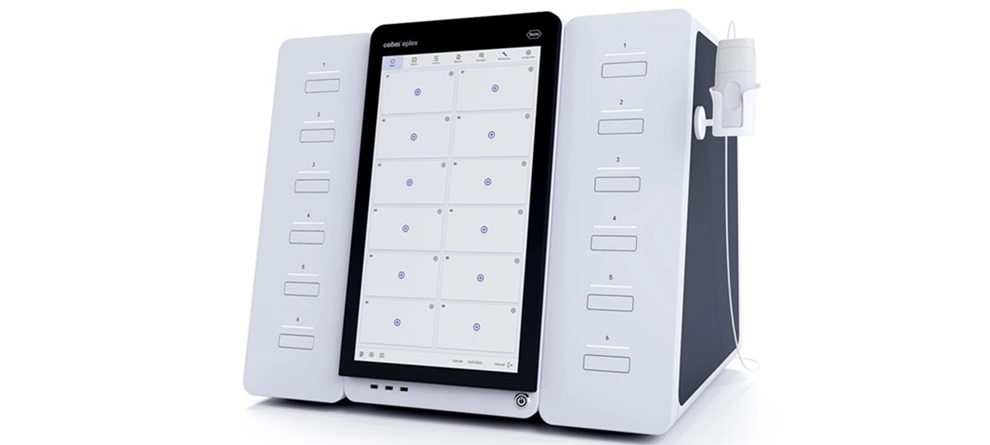Real-Time Genome Sequencing Helps Control Hospital Outbreak
By LabMedica International staff writers
Posted on 02 Dec 2014
Whole-genome sequencing (WGS) of bacterial isolates provides a promising contemporary method for investigating the epidemiology of outbreaks, particularly when coupled to clinical locational and temporal data. Posted on 02 Dec 2014
Acinetobacter baumannii is an important cause of nosocomial or hospital-acquired infection, particularly ventilator-associated pneumonia and bloodstream infections in critically ill patients, and has a tendency to cause hospital outbreaks.

Image: The Genome Sequencer 454FLX system (Photo courtesy of Roche).
Scientists at the Warwick Medical School (UK) and their colleagues investigated multidrug-resistant Acinetobacter (MDR-Aci) isolates obtained from routine clinical samples through culture on blood agar, followed by single-colony isolation. Bacterial identification and antibiotic susceptibility testing were performed in the hospital microbiology laboratory on the Vitek 2 system (bioMérieux; Basingstoke, UK). Multidrug resistance was defined as resistance to equal to or greater than three classes of antibiotics; quinolones, extended-spectrum cephalosporins, β-lactam/β-lactamase inhibitor combinations, aminoglycosides, and carbapenems.
Genomic DNA was extracted from 114 putative Acinetobacter isolates, applying Qiagen 100/G Genomic-tips (Manchester, UK ) to 5 mL to 10 mL of overnight culture. The genome of an isolate from a patient was sequenced on two different sequencing platforms, the 454 FLX (454 Life Sciences, Branford, CT, USA) and the Illumina MiSeq (San Diego, CA, USA). The scientists were able to identify 74 patients belonging to a prolonged outbreak in the hospital by sampling both patients and the environment. They then determined the detailed genetic makeup of the bacteria carried by each of these patients and used this data, with information about the ward that the patients were housed in, and the date of their first positive tests, to identify nearly 70 possible transmission events. Armed with this detailed information, the investigators were able to pinpoint transmission hot spots within the hospital, which included an operating theatre and a specialized bed for burns patients. Deep cleaning of these transmission sites followed and new decontamination protocols were put in place by the hospital.
The authors concluded that whole genome sequencing is now poised to make an impact on hospital infection prevention and control, delivering cost-effective identification of routes of infection within a clinically relevant timeframe and allowing infection control teams to track, and even prevent, the spread of drug-resistant hospital pathogens. Mark J. Pallen, MD, PhD, the senior author of the study, said, “We have demonstrated how whole genome sequencing can be applied in a clinically helpful timeframe to track and control the spread of drug-resistant hospital pathogens. In this case, it helped understand and control what was probably longest running A. baumannii outbreak ever seen in this country.” The study was published on November 20, 2014, in the journal Genome Medicine.
Related Links:
Warwick Medical School
bioMérieux
454 Life Sciences













